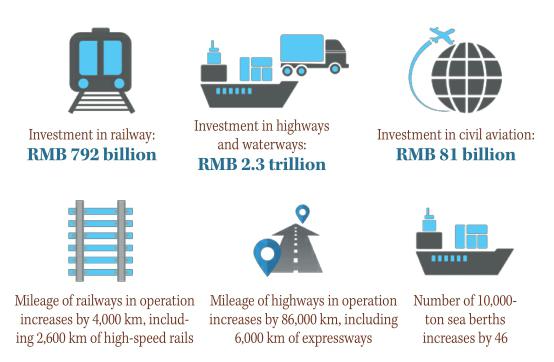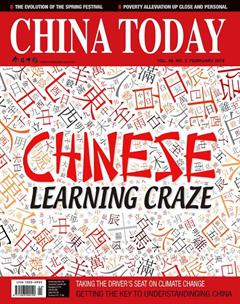society

Sino-French Nuclear Power Unit Is Ready for Commercial Use
The third-generation nuclear power unit of a China-France joint venture in South Chinas Guangdong Province, the Taishan Nuclear Power Plant, has completed all the testing operations and is ready for commercial use, according to a recent statement from China Guangdong Nuclear Power Company(CGNPC). It is the largest SinoFrench project in the energy field, and uses the European Pressurized Reactor (EPR) for its No. 1 and No. 2 power units.
As the worlds first thirdgeneration EPR nuclear power unit, the No. 1 unit is ready to go into commercial operation after the plant gets the necessary electric power business licenses. The power plant is run by a joint venture set up by CGNPC, French energy supplier Electricite de France (EDF), and Guangdong Yudean Group. The power plant began construction of the reactor for the No. 1 power unit in 2009 and another reactor for the No. 2 power unit in 2010.
The No. 1 power unit was linked to the grid on June 29, 2018. The EPR technology used in the Taishan reactors is thirdgeneration nuclear power technology which was jointly developed by EDF and Framatome.
China Boosts Global Wage Rise
China has played a significant role in global wage growth from 2008 to 2017, helping to raise the average wage by 22 percent, compared with just 13 percent if the country was excluded, according to a report by the International Labor Organization (ILO). Experts attributed Chinas influence on wages to the countrys steady economic growth and its changing growth drivers.
According to Chinas National Bureau of Statistics, 33 percent of all employees throughout China worked in tertiary industries in 2008, compared with 45 percent, or more than 349 million people, in 2017. During the period, Chinas average wage increased by 8.2 percent annually, much higher than the global growth rate, according to an ILO report.
Following the same pattern, average real wages nearly doubled in China between 2008 and 2017, even as other G20 countries, including Japan, the United Kingdom and Italy, saw a slower rise and fluctuations.
White Paper Reviewing Human Rights in China over the Last 40 Years Released
China recently published a white paper entitled Progress in Human Rights over the 40 Years of Reform and Opening-up in China. It says that over the past four decades, China has showed respect for, protected and promoted human rights throughout the course of reform and opening-up. As a result, it has blazed a trail of development in human rights that conforms to national conditions, and has made great headway in safeguarding human rights.
Over the past 40 years, China has worked to better protect basic human rights, primarily focusing on their rights to subsistence and development. Development is Chinas top priority in governance, and is considered to be the key to addressing the countrys main problems. China has focused on ensuring and improving peoples wellbeing by resolving their most serious and urgent problems. As a result, China has achieved historic leaps in poverty alleviation, and secured peoples access to food and clothing, and thence to moderate prosperity.
In response to the UN Vienna Declaration and Programme of Action, the Chinese government has made and carried out the National Human Rights Action Plan (2009-2010), National Human Rights Action Plan (2012-2015), and National Human Rights Action Plan (2016-2020), setting phased goals and tasks for respecting and safeguarding human rights. Today, it has already fulfilled the targets set in the first two action plans, and is working on the third. The Chinese government has also formulated special action plans relating to the economy, culture, society, the environment, and other fields, as well as made special plans to protect the rights of specific groups such as ethnic minorities, women, children, the elderly, and people with disabilities. In so doing, the government is determined to ensure equal opportunities for all people to live a rewarding life, realize their dreams, and enjoy full access to human rights.
Progress in Chinas Transportation Sector in 2018

